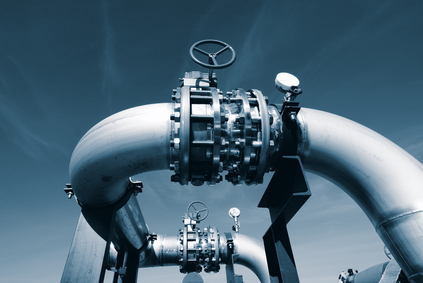Canadian Pipeline Safety Measures
 Canadian Pipeline Safety Measures
Canadian Pipeline Safety Measures
Understanding the 2014 Canadian Pipeline Safety Measures
Oil spills are bad business for any company in the industry, no matter the scale. It hurts the bottom line, and it hurts a company’s reputation. Any spill is a high-profile event — some examples being the Kalamazoo River spill in 2010, or the spill in Slave Lake earlier this year.
Since pipelines are the fastest and most reliable way to transport Canadian crude oil, it makes sense that keeping spills that occur using this method of transportation to a minimum is a high priority for the Canadian government and oil companies alike.
That said, Canadian pipeline safety is second to none, and pipelines are one of the safest and most environmentally-friendly ways to transport oil over long distances. Natural Resources Canada reports that between 2008 and 2012, nearly all, in fact, 99.999% of the crude oil and petroleum products shipped through federally-regulated pipelines, was done without incident, and safely. That puts the rate of spills on Canadian federally regulated pipelines at two thirds lower than the rates in both Europe and the United States over the past decade. And, due to effective spill cleanup, 100% of the liquids spilled from 2008-2012 were recovered.
Furthermore, new funding provided in the Economic Action Plan 2012 allowed the National Energy Board to increase annual inspections of oil and gas pipelines by 50 percent and to double the number of comprehensive audits to improve pipeline safety across Canada. But the measures to maintain high levels of safety don’t stop there. Additionally, on May 14, 2014, Canada’s Natural Resources Minister, Greg Rickford, announced increased measures to improve Canadian pipeline safety.
Here’s a brief overview of what the National Energy Board measures address:
Absolute Liability
Under Absolute Liability, pipeline companies will be liable for costs and damages up to $1 billion, irrespective of fault. Companies at fault will also have unlimited liability for spills, which means their retributions are not capped at a maximum amount and exist regardless of the amount of investment each party has personally made. This follows the polluter pays principle, demanding that pipeline operators can show their ability to respond to any potential incident. The Canadian government believes that placing financial onus on companies will keep them incentivized to keep their pipelines spill-free.
Increased Aboriginal Participation
The new regulations mandate higher levels of Aboriginal participation in pipeline safety, from planning and monitoring to incident response. This is a particularly important opportunity for many Aboriginal communities located close to future energy projects, and could offer an immense benefit for their communities.
A Stronger National Energy Board Role
The new regulations will give the NEB several important powers. These include the authority to order reimbursement for cleanup costs, the ability to provide guidance on technologies and techniques in the pipeline building process, and the ability to take control of incident response in the place of responsible companies.
Additional Measures
In 2013, the government instituted penalties up to $25,000 for individuals and $100,000 for companies, municipalities and utilities for every day of non-compliance with safety requirements. If penalties prove ineffective, the NEB can revoke authorizations, impose operations-restricting safety orders, issue stop work orders, and, in the most serious cases, pursue criminal prosecution.
Finally, the NEB undertook an increase in both inspections and auditing last year, mandating company inspections through the use of state-of-the-art monitoring technology.
The quantity and the intensity of these various safety measures stand as an assurance for Canadians with a desire to protect the environment.

